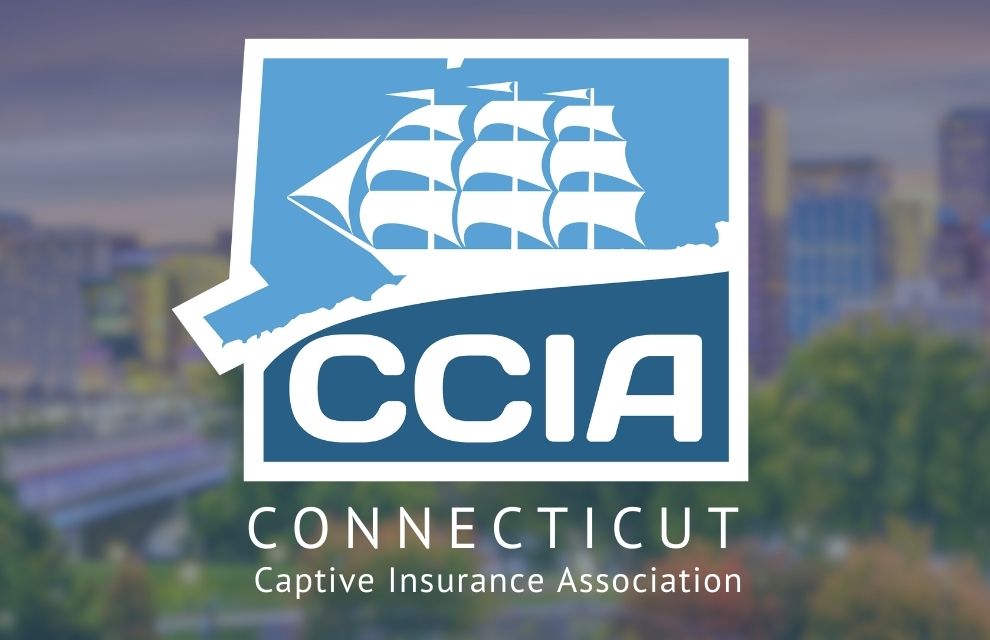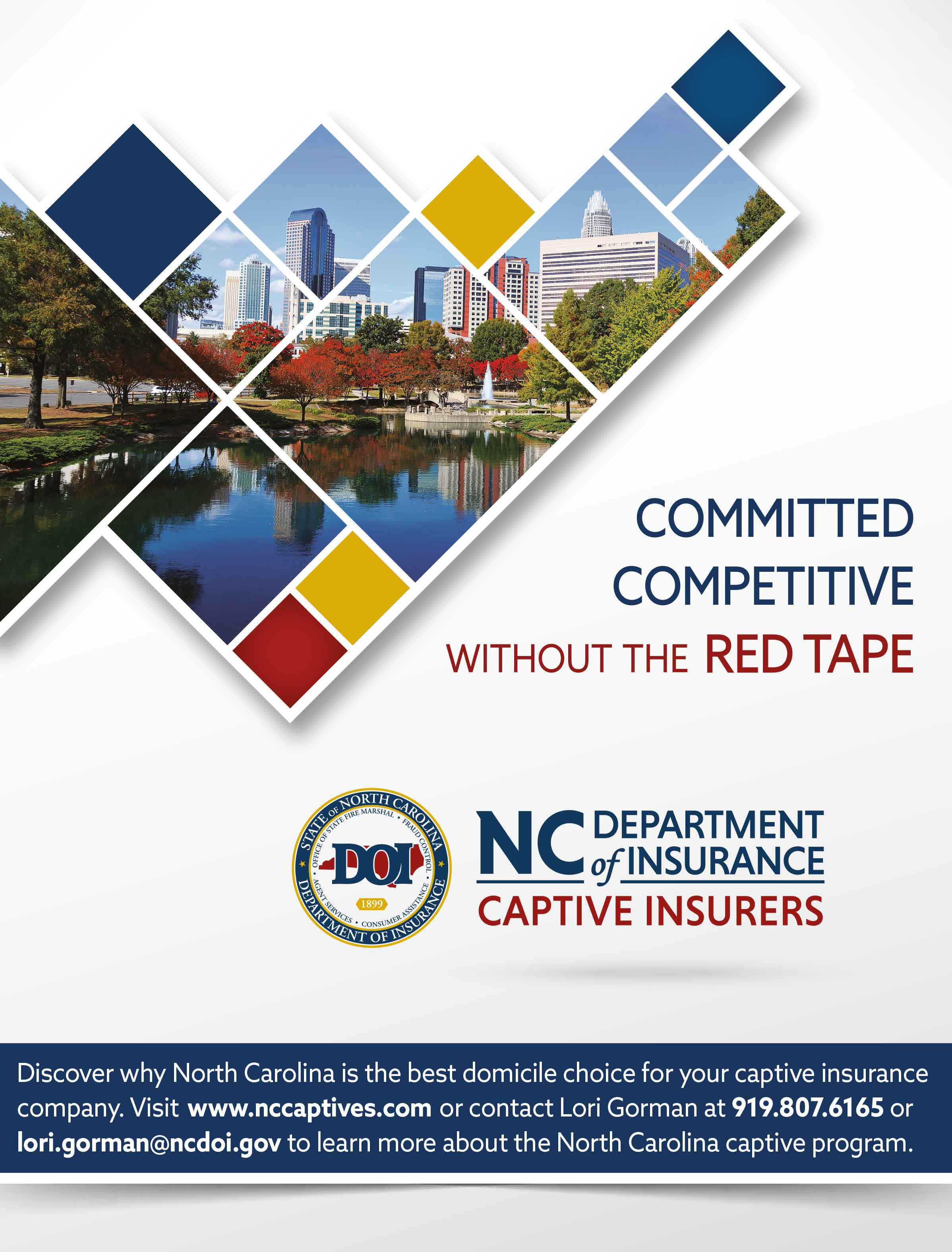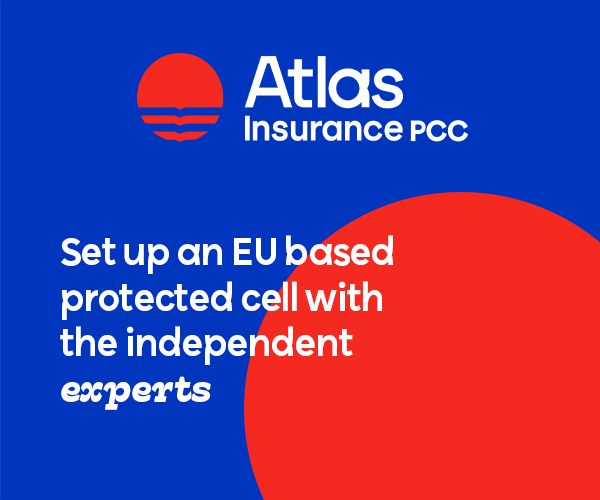Leaders from key organisations share insights on regulatory support, economic impact, and the evolving role of InsurTech in the captive market
Andrew N. Mais
Commissioner
Connecticut Insurance Department
How does the department’s regulatory approach support innovation while maintaining proper oversight in the captive insurance sector?
Whether it’s a captive insurance company or a traditional insurer, our commitment has always been to protect the insured. In this instance, it’s the captive owner. The department has the deep financial regulatory expertise to understand the complexities of captive relationships and ensure that the captives are able to finance the risks of their owners.
Additionally, we bring a responsive, collaborative approach with each applicant so that we can help them find the strategic solutions that best work for them. We stay on top of legislation to ensure our state laws and regulations evolve prudently and appropriately with this evolving industry.
Susan Winkler
Vice president and executive director
Connecticut Insurance and Financial Services
How does the forum align with your mission to strengthen Connecticut’s position as a leading insurance and financial services centre?
Risk and insurance are integral to nearly every business today. With the rise of generative AI, increasing climate challenges such as convection storms, and growing concerns around cybersecurity and business interruption, captives and captive insurance are playing an essential role in modern risk mitigation strategies.
The key questions for business leaders now are: what are the emerging risks reshaping industries? How are captive insurers enhancing their competitiveness while developing products that not only protect assets but also safeguard data?
Connecticut’s MetroHartford region is home to leading companies driving the global insurance, captive insurance, and insurtech ecosystem.
leaders will provide critical insights into how innovation and captives are redefining risk strategies.
This event will explore the technologies and approaches that businesses must adopt to protect their bottom line while enhancing the customer experience.
Gene Goddard
Chief business development officer
MetroHartford Alliance
How does the growth of Connecticut’s captive insurance sector align with the MetroHartford Alliance’s mission to promote regional economic development, and what opportunities do you see for continued collaboration between the insurance and business communities in the Hartford region?
Hartford’s insurance and financial services sector is continuously evolving to support a strong economy. The property and casualty industry is leveraging AI, telematics, and real-time data to transform underwriting for both commercial and personal insurance. In the health and life sectors, innovation is driving new solutions that enhance physical, mental, and financial wellbeing for employees and employers alike.
Emerging technologies — including wearables, the Internet of Things, generative AI, machine learning, insurtech, and fintech — are deeply embedded in business models and serve as engines of innovation in Hartford.
This ongoing transformation is a cornerstone of Connecticut’s economy, contributing over US$21 billion to the state’s gross state product. As a global hub for top talent, Connecticut’s insurance sector employs nearly 60,000 professionals, representing 3.4 per cent of the state’s workforce, with an average salary of US$95,000.
The growth of Connecticut’s captive insurance sector further strengthens this economic foundation, fostering collaboration between insurers and businesses to develop cutting-edge risk management solutions.
By continuing to invest in innovation and talent, the MetroHartford region is well-positioned to enhance its leadership in the global insurance marketplace.
John Bourdeaux
President and CEO
AdvanceCT
How does the growth of Connecticut’s captive insurance sector contribute to the state’s overall economic development strategy?
As you know, Connecticut is one of the most popular domiciles for captive insurance companies internationally, and we continue to see significant growth in this industry.
At AdvanceCT, we anticipate an upward trajectory of the captive insurance market as an opportunity to diversify the insurance industry here in Connecticut, and specifically as a growth opportunity for the insurtech industry here in our state. We are home to more than 50 captives with 11 of these owned by Fortune 500 companies.
We only see this number increasing. Connecticut is home to the largest concentration of insurance jobs in the nation, with over 1,600 insurers, so our state is a natural launching-point for companies looking to provide services to the captive market.
We have the know-how and experience in our state with fair, transparent, and responsive regulators, so naturally the category is taking off. We see the potential for additional growth as smaller organisations are looking for cost savings and alternatives to high premiums. We think there is an opportunity for insurtech companies to build software solutions for small to mid-market demand.
Insurance, in all forms, is a critical industry for Connecticut, so it plays significantly into our overall economic development strategy and will continue to do so for the foreseeable future.
Dan O’Keefe
Commissioner
Connecticut Department of Economic and Community Development
How does the department’s regulatory approach support innovation while maintaining proper oversight in the captive insurance sector?
Under the leadership of Governor Ned Lamont, Connecticut’s value proposition has improved dramatically in recent years.
Fiscal discipline has been at the core of this change; improved credit ratings, consistent budget surpluses, and tax cuts have led to a surge in business confidence and are sending strong signals to the global marketplace that Connecticut is a great place to invest in and start or grow a business.
The state’s captive insurance market is on a similar trajectory.
Commissioner Mais and his team, with support from the Governor’s office and the legislature, continue to focus on and implement policies that are raising Connecticut’s profile as a premier destination for captive insurers. And we are seeing great results.
Connecticut’s business development strategy focuses on building strong and dynamic ecosystems in sectors where we have distinct competitive advantages over other states and nations.
Insurance is clearly an area of strength for our state as we have the right foundational pieces in place to support job growth and innovation, while also attracting new companies and talent.
The emergence of our state’s captive insurance market will bolster these efforts.
Stacey Brown
President
InsurTech Hartford
How are technological innovations and InsurTech solutions shaping the future of captive insurance, and what trends should attendees be watching?
Captives need to stay aware of how technology is shaping the industry. The three top trends we will be covering at the CT Captive Insurance Forum are artificial intelligence, workflow automation and parametric insurance. AI technologies are exploding everywhere, and the captive space is ripe for leveraging the technology. Generative AI is making people more productive. The most impacting use of generative AI is in writing.
This tool increases productivity when applied to marketing and communications, customer service, and risk analysis. Top tools to look at include ChatGPT, Google Gemini, and Microsoft Copilot. Leading use cases include writing articles or client emails, summarising lengthy documents, and responding to natural language questions instead of searching the internet using keywords.
Workflow automation is also helping increase productivity by reducing labour costs and improving error rates. Many platforms now offer workflow capabilities. For instance, Zapier is a tool that can connect to multiple platforms and orchestrate work between them. An example of what this may look like is connecting it to a claim first notification of loss (FNOL) form that starts a workflow when someone submits the FNOL. Then it can add the customer data into your customer data and notify your third-party administrator (TPA), wait two days, then send a follow-up with the customer to make sure they are being helped.
Parametric insurance is definitely on the agenda at the CT Captive Insurance Forum. The ability to automate the claims process based on triggered-events that can be quantified using trusted third-party data sources is giving many new opportunities to the industry. Parametric insurance is greatly enhanced by AI and workflow automation, and we will learn from experts how it is being applied to address climate resiliency.





